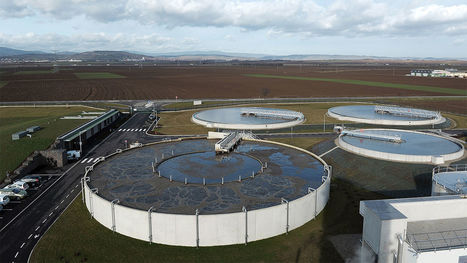Scientists say samples from Milan and Turin showed virus traces long before cases were confirmed. Italian scientists say sewage water from two cities contained coronavirus traces in December, long before the country's first confirmed cases. The National Institute of Health (ISS) said water from Milan and Turin showed genetic virus traces on 18 December. It adds to evidence from other countries that the virus may have been circulating much earlier than thought. Chinese officials confirmed the first cases at the end of December. Italy's first case was in mid-February.
In May French scientists said tests on samples showed a patient treated for suspected pneumonia near Paris on 27 December actually had the coronavirus. Meanwhile in Spain a study found virus traces in waste water collected in mid-January in Barcelona, some 40 days before the first local case was discovered. In their study, ISS scientists examined 40 sewage samples collected from wastewater treatment plants in northern Italy between last October and February. Samples from October and November came back negative, showing that the virus had not yet arrived, ISS water quality expert Giuseppina La Rosa said. Waste water from Bologna began showing traces of the virus in January. The findings could help scientists understand how the virus began spreading in Italy, Ms La Rosa said.
However she said the research did not "automatically imply that the main transmission chains that led to the development of the epidemic in our country originated from these very first cases".
Italy's first known non-imported virus case was a patient in the town of Codogno in the Lombardy region. The town was closed off and declared a "red zone" on 21 February. Nine other towns in Lombardy and neighbouring Veneto followed and the entire country went into lockdown in early March....



 Your new post is loading...
Your new post is loading...









